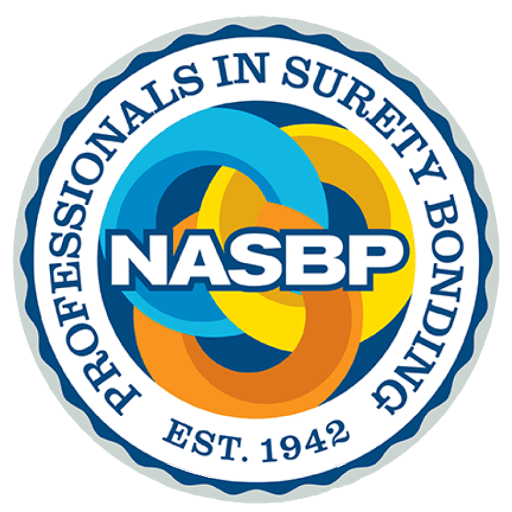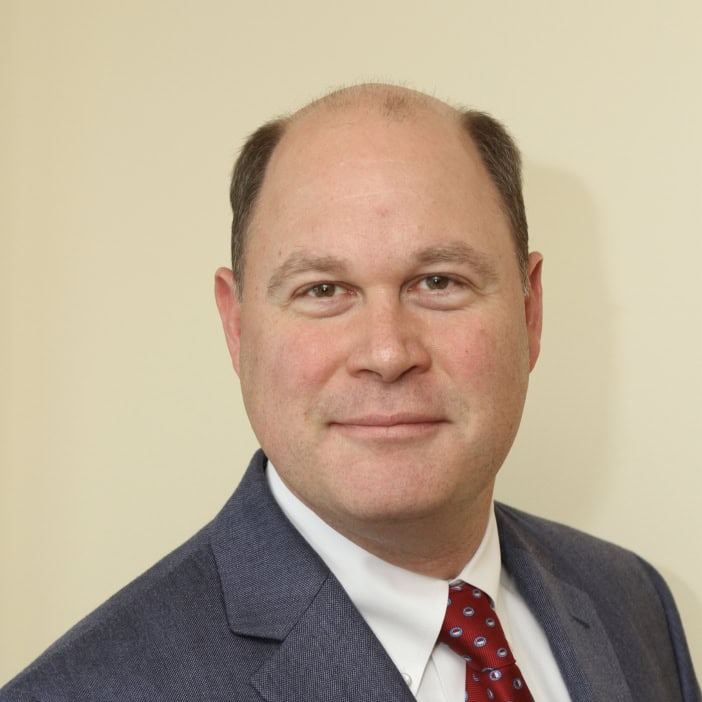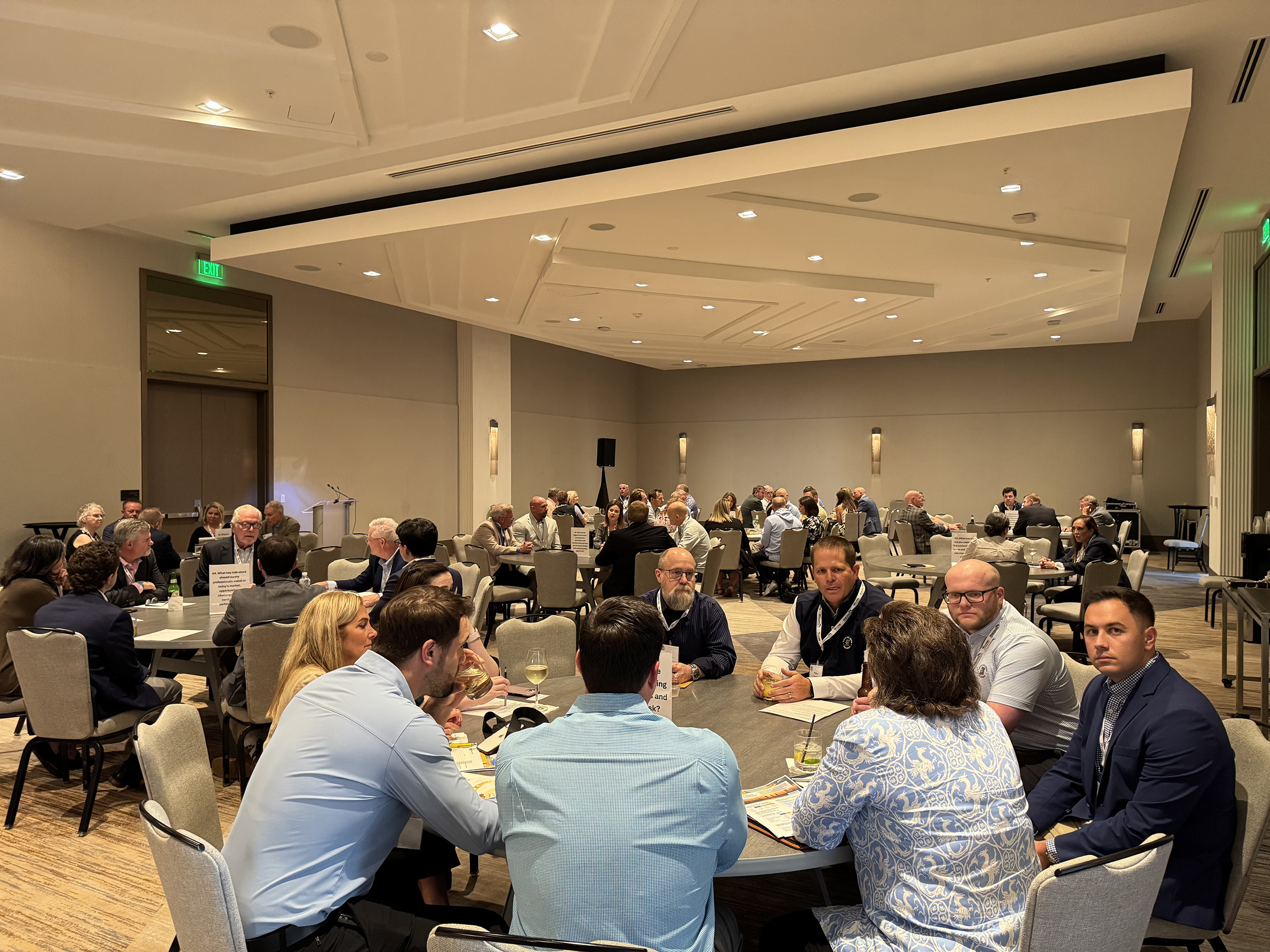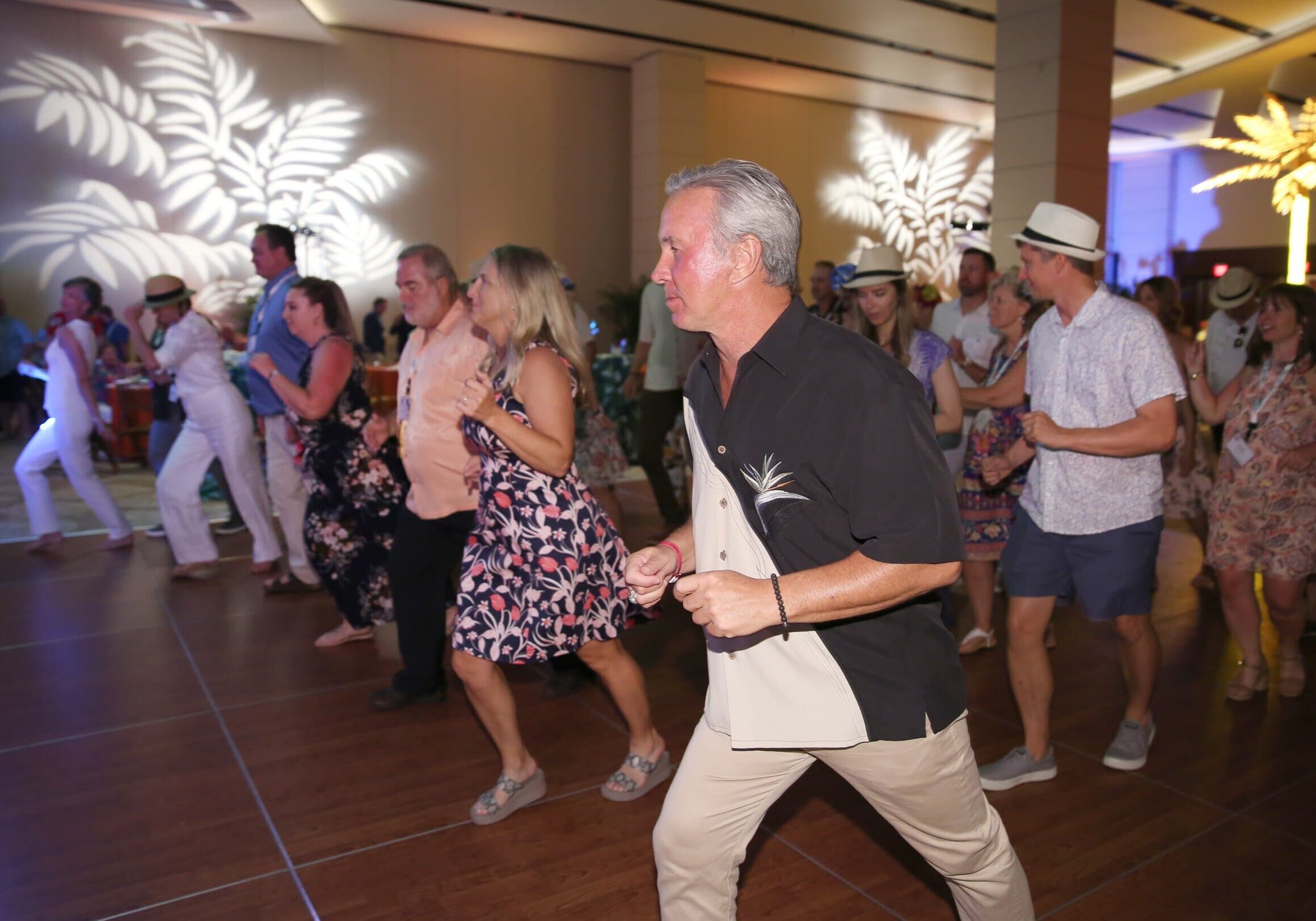A Welcome Sign–Industry Discourse on Green Building & Sustainability Broadening
One would have to be living under the proverbial “rock” to not have heard of “green building” over the last five years. “Green building” remains a darling of national and trade press. After all, who can be against saving the planet through environmentally friendly design and construction practices? The embrace of and exuberance surrounding green building perhaps has discouraged broad discussions on the implications of and attendant complications associated with green building, as few want to be viewed as less than supportive. Green building indeed offers promise in many respects and appears to have real traction. At a sustainability summit this past week, one presenter reported that green building requirements have been adopted in 384 cities, 58 counties, and by 35 state governments. In fact, many governments are interested in taking essentially a set of voluntary sustainability criteria and adopting it as a mandatory code. This rush to green requirements, however, often has been done without significant forethought and examination of the impact on roles, responsibilities, and risks to the design and building team. Further, in some cases, governments have adopted green building requirements with the assumption that the insurance and surety industry will simply supply any needed products, the DC Green Building Act of 2006 being an evident case in point.
Two recent industry events on sustainability give me hope that the discourse on green building is broadening and that the perspectives of the surety community are welcomed and thought necessary to the overall green building equation. NASBP and Surety & Fidelity Association of America (SFAA) were invited to and participated in a summit meeting on “Establishing a Pathway to Outcome-Based Codes” sponsored by National Institute of Building Sciences and the New Building Institute, among others, and to a summit meeting on sustainability sponsored by the American Institute of Architects and the Associated General Contractors of America. Both summits recognized the importance of understanding the perspectives of insurers and sureties in advancing their green objectives. The first summit, addressing outcome-based codes, focused on the creation of energy codes that would establish energy performance targets for buildings in an effort to reduce energy use. The second summit focused in part on the risk transfer issues arising from sustainability requirements. The fact that these summits even occurred indicates that many constituencies are starting to recognize or are recognizing that a transition away from voluntary to mandatory sustainability requirements has profound implications for all parties to the design and construction process.
The potential impact on the surety also is becoming more apparent. In private transactions that involve assumption of voluntary green building requirements, the contracting parties will have the freedom to negotiate and to assume or not to assume (by walking away; using disclaimers; etc.) green building responsibilities and liability. Sureties will have a say in the contractor’s decision. What happens when such green building requirements take the form of mandatory codes, particularly on public projects? Should we be concerned about these requirements being imposed on the surety bond relationship by virtue of the bond being a statutory bond? These are the start of many questions that we must be asking ourselves as the adoption of green building requirements by governments at all levels continues. Clearly, one thing we cannot afford is to be outside of the discourse. The surety community must be an active and engaged participant in the discussion going forward, educating owners, code officials, and government decision-makers about the functioning and value of the surety bond product and the proper role it can play as responsibilities are sorted out in the context of sustainability.
In fact, NASBP and SFAA wrote a brief white paper that seeks to illuminate the issues associated with green building. To access that paper, click here.
Get Important Surety Industry News & Info
Keep up with the latest industry news and NASBP programs, events, and activities by subscribing to NASBP SmartBrief.




